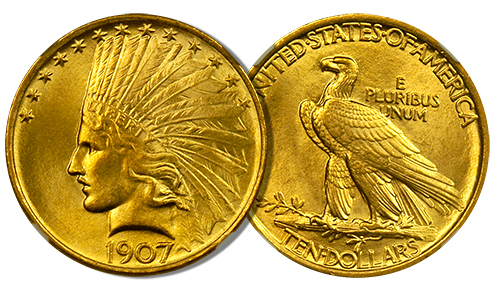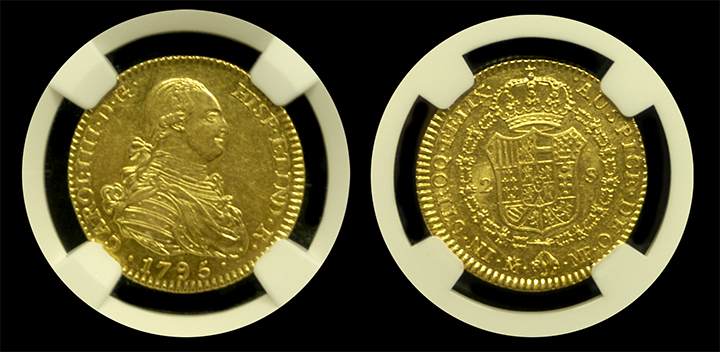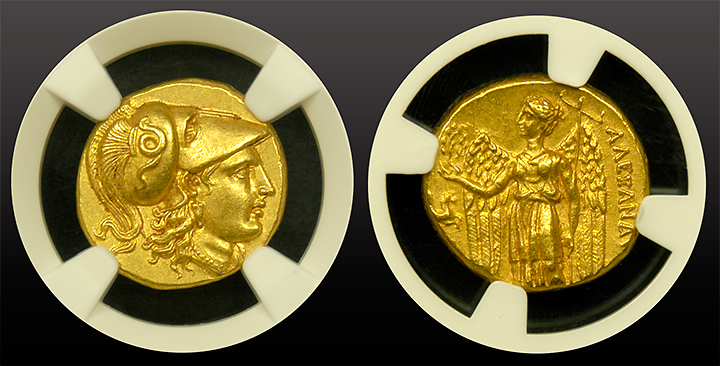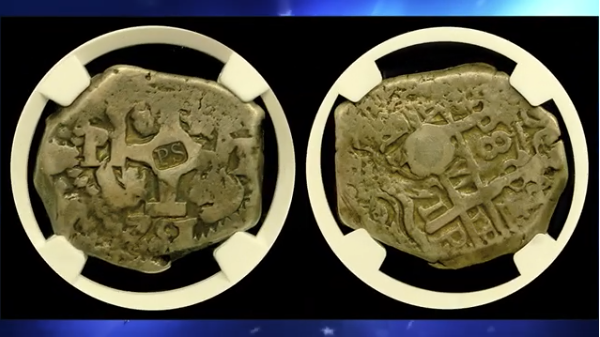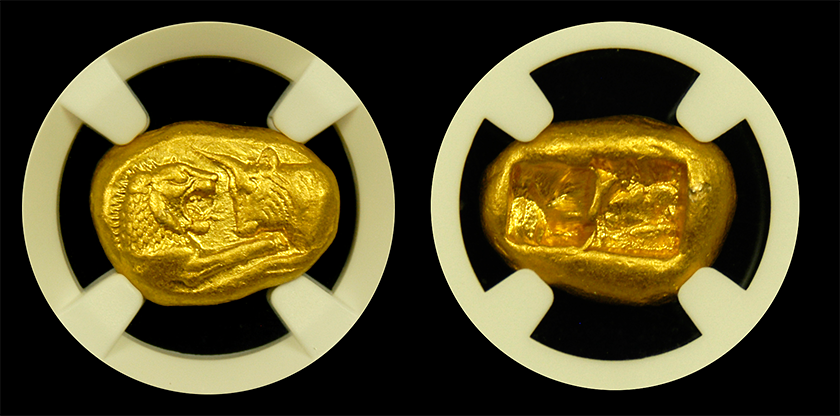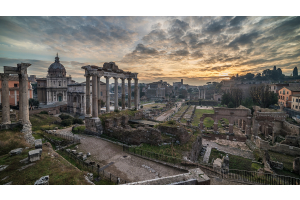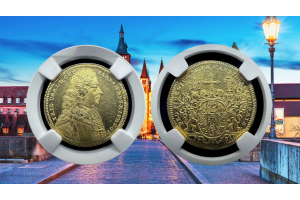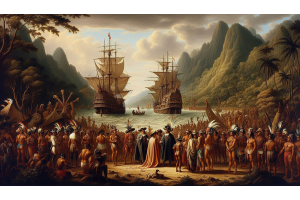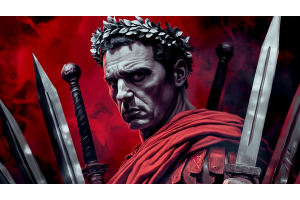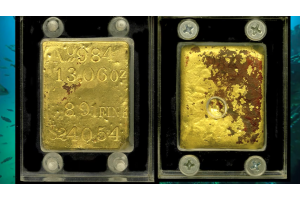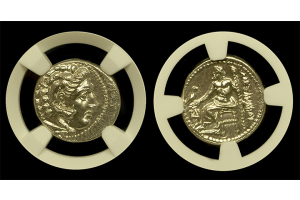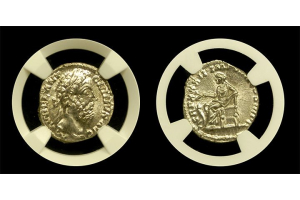Monthly Archives: July 2022
- Posted: July 29, 2022Read more »
US President Theodore Roosevelt was tired of minting the same old gold eagle and double eagle coins. To paraphrase President Roosevelt, the country needed a US gold coin redesign. In short, he had long been complaining that US coins lacked artistic quality. In fact, he decided to hire a private sculptor to create a new design. Augustus Saint-Gaudens was chosen to redesign five denominations of US coinage that could be changed without an Act of Congress.
Roosevelt's broad overhaul of the United States gold coins led to a new Lady Liberty. One wearing a traditional Native American Indian Headdress. In 1907, the new $10 coin with the new Lady Liberty wearing the Indian Headdress was unveiled. The coin became a huge success.
- Posted: July 25, 2022Read more »
A common question we get is "What is a Spanish Escudo coin?" The Escudo was and is Spanish currency. Escudos comes in both gold and silver. Interestingly, the first Escudo gold coins were introduced in 1535/1537. They were issued in denominations of 1⁄2, 1, 2, 4 and 8 Escudos. In addition, the 2 Escudos coins were commonly known as Doubloons and worth 16 reales.
Gold Escudos were issued until 1833. They are beautiful coins with great attention to detail. As a result, these gold coins from Spain in the 1790’s have remarkable eye appeal. Today's coin collectors and investors
- Posted: July 22, 2022Read more »
The world’s first coins were minted in ancient Lydia. Lydia's King Croesus became the first ruler to separate gold from other metals. He issued the world's first pure gold and pure silver coins. The Persian Empire, also known as the Achaemenid Empire, took up the idea of coinage upon defeating King Croesus in 547 B.C. However, it wasn't until Alexander the Great of the Macedonian Empire, who conquered the Persian Empire, that the first international currency evolved. In fact, some believe that Alexander was the father of the first international currency.
Alexander ascended to the throne in 336 BC following the assassination of his father Philip II. He became king at the very young age of 20. In addition, Alexander adopted the Attic coinage standard. Unfortunately, Alexander spent his ruling years conducting lengthy military campaigns and really didn't get to enjoy his conquest much. He was always too busy conquering more lands throughout Western Asia and Egypt. - Posted: July 22, 2022Read more »
We are absolutely thrilled to share a very rare Countermarked Silver Cobb 8 Reales coin with you today. In fact, up to this point in time very few people knew coins like this even existed. This coin isn't even known to many historians or the rare coin industry alike. It is quite literally the oldest known official United States Silver Dollar. In particular, it is the only one in private hands with the countermark of PS.
It’s an absolute wonderful find and a priceless piece of American History. Surprisingly, not many people knew how business was done before the US Mint opened. From the 1600's up to 1792 Spanish colonial silver Reales and gold Escudos were the primary currency used in the colonies. Of course, this changed once the US started minting their own coins.
US regulators confiscate countermark Spanish coins
- Posted: July 12, 2022Read more »
King Croesus renowned wealth became synonymous with his own name. The saying "rich as Croesus" originated in reference to his absurd affluence. Subsequently, Croesus reign became associated with the invention of coins as currency. Before Croesus became King, his father Alyattes had already started to mint various types of non-standardized coins. However, Croesus took it one step further. By developing an innovative refining process and standardizing the specific sizes as well as the purity for general circulation, King Croesus advanced both silver and gold.
In other words, Croesus created intrinsic value deriving from a certain quantity of gold or




